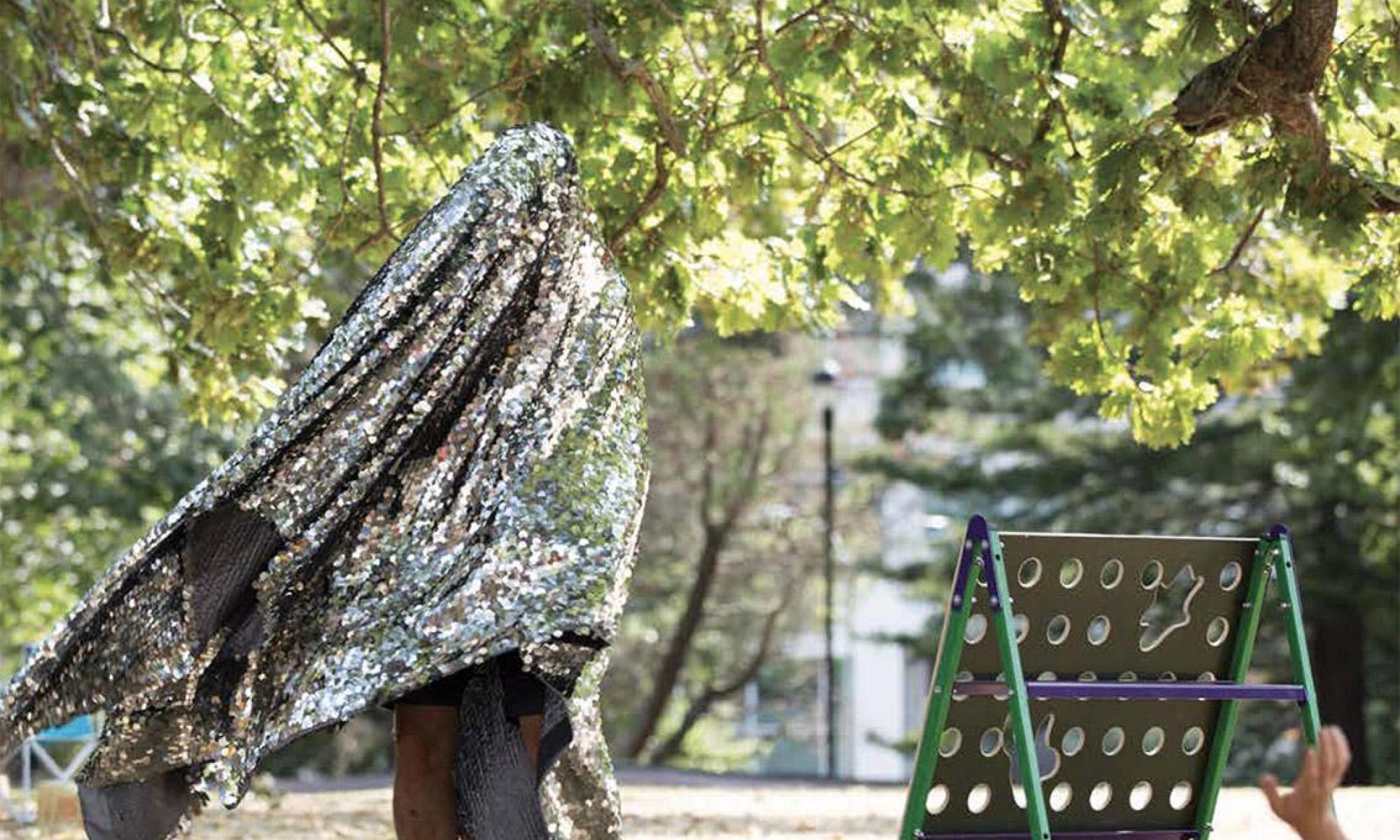Compost Fountain
The 19th-century sexologist Havelock Ellis was so enamoured with urophilia, he theorised that urination inspired the invention of the ornamental fountain.1 Catching flickers of art, pleasure and intimacy in waste has become ever more relevant as we stand on the verge of ecological collapse. More than a hundred years after Ellis’s reflection, I curated the event Queer Pavilion, which drifted around the Victorian fountain in Auckland’s Rangipuke / Albert Park. Queer Pavilion hosted art, performance and conversation by 16 artists. Two of the artists, Daniel John Corbett Sanders and val smith, incorporated excrement into their works, and it became evident that a consideration of the connection between queer ecology and bodily waste should take place: a project in spinning ‘silk and shit’ together, as queer theorist Eve Kosofsky Sedgwick poetically mused in her autobiography A Dialogue on Love.2
1. Havelock Ellis, My Life, William Heinemann, London, 1940, p. 68.
2. Eve Kosofsky Sedgwick, A Dialogue on Love, Beacon Press, Boston, 1999, p. 171.
Title image:
Richard Orjis
Queer Pavilion
Rangipuke / Albert Park, Ta.maki Makaurau / Auckland
February 2020
Photo: Ralph Brown

